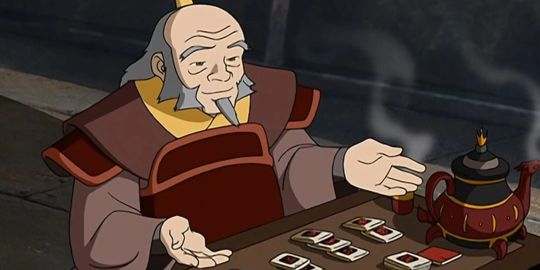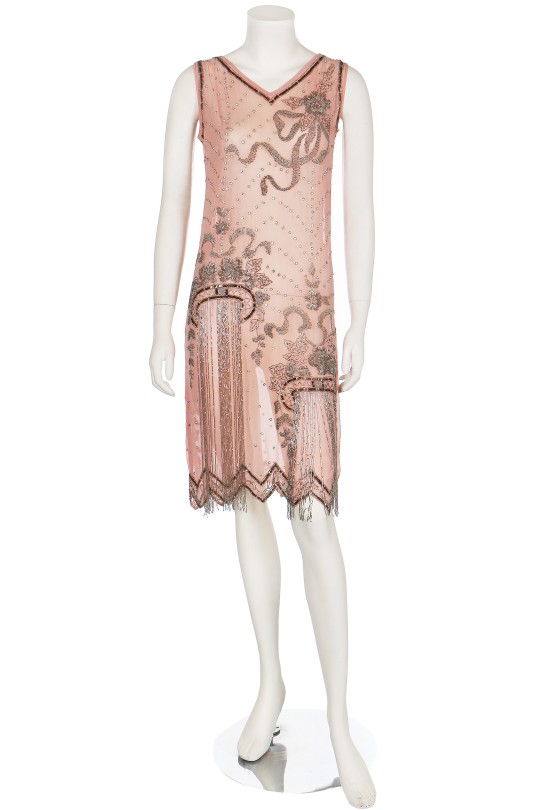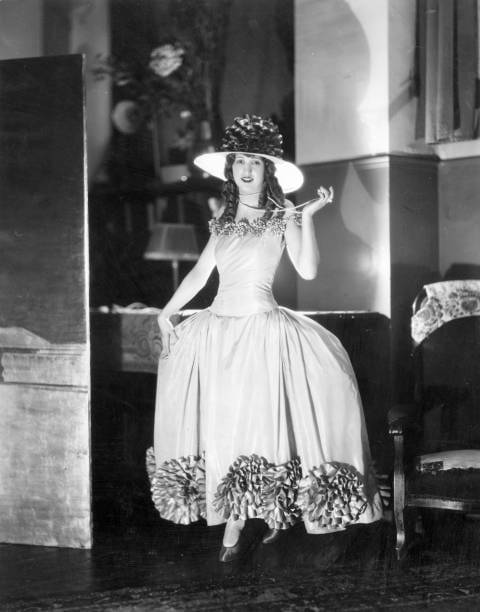she/he - 30s - fantasy and speculative fiction writer; ttrpg player and GM; making the world gayer one WIP at a time. Ask and tag game friendly! -Icon by @rosieartsie
Don't wanna be here? Send us removal request.
Text

I did it. After a lifetime of using light mode on all my devices, I switched to dark mode. My eyes just can’t take it anymore, and after a few days of using it, I decided dark mode was actually kind of cozy and nice. So it was time to update my light mode art with a new version!
34K notes
·
View notes
Note
atticus finch from “to kill a mockingbird” (1962)?

58 notes
·
View notes
Text
I just found out it’s international nonbinary people’s day and no one has given me $10,000 just for existing yet?? Scared and confused
331 notes
·
View notes
Note
The revolution needs you to brush your teeth.
This ask went hard, but you are correct.
The revolution needs you to brush your teeth. Crippling pain and debt from having bad and rotted teeth makes you easier for the oligarchy to control.
The revolution needs you to brush your teeth.
6K notes
·
View notes
Note
uncle iroh from avatar: the last airbender

#I flip flopped on this#often this poll becomes 'do you think this character is based' which isn't the same as 'does this character eat pussy'#lest we forget bro was a warlord#we never meet his wife and have no idea if she even liked him#but in the end I voted yes because iroh has clearly drunk the respect women juice
68 notes
·
View notes
Text
One underrated man-made horror beyond our comprehension is the British railway system.
64 notes
·
View notes
Photo

A beaded pale pink crêpe-chiffon flapper dress, mid 1920s
209 notes
·
View notes
Text
so no head?

so no shoulder?

so no knee?

so no toe?

so no knee?

so no toe?

844 notes
·
View notes
Text

1925 American revue dancer and model Dora Duly wearing a robe de style at the Casino de Palais photographed by James Abbe. From The Glamour of the 1920s, FB.
96 notes
·
View notes
Text
I was meeting a client at a famous museum’s lounge for lunch (fancy, I know) and had an hour to kill afterwards so I joined the first random docent tour I could find. The woman who took us around was a great-grandmother from the Bronx “back when that was nothing to brag about” and she was doing a talk on alternative mediums within art.
What I thought that meant: telling us about unique sculpture materials and paint mixtures.
What that actually meant: an 84yo woman gingerly holding a beautifully beaded and embroidered dress (apparently from Ukraine and at least 200 years old) and, with tears in her eyes, showing how each individual thread was spun by hand and weaved into place on a cottage floor loom, with bright blue silk embroidery thread and hand-blown beads intricately piercing the work of other labor for days upon days, as the labor of a dozen talented people came together to make something so beautiful for a village girl’s wedding day.
What it also meant: in 1948, a young girl lived in a cramped tenement-like third floor apartment in Manhattan, with a father who had just joined them after not having been allowed to escape through Poland with his pregnant wife nine years earlier. She sits in her father’s lap and watches with wide, quiet eyes as her mother’s deft hands fly across fabric with bright blue silk thread (echoing hands from over a century years earlier). Thread that her mother had salvaged from white embroidery scraps at the tailor’s shop where she worked and spent the last few days carefully dying in the kitchen sink and drying on the roof.
The dress is in the traditional Hungarian fashion and is folded across her mother’s lap: her mother doesn’t had a pattern, but she doesn’t need one to make her daughter’s dress for the fifth grade dance. The dress would end up differing significantly from the pure white, petticoated first communion dresses worn by her daughter’s majority-Catholic classmates, but the young girl would love it all the more for its uniqueness and bright blue thread.
And now, that same young girl (and maybe also the villager from 19th century Ukraine) stands in front of us, trying not to clutch the old fabric too hard as her voice shakes with the emotion of all the love and humanity that is poured into the labor of art. The village girl and the girl in the Bronx were very different people: different centuries, different religions, different ages, and different continents. But the love in the stitches and beads on their dresses was the same. And she tells us that when we look at the labor of art, we don’t just see the work to create that piece - we see the labor of our own creations and the creations of others for us, and the value in something so seemingly frivolous.
But, maybe more importantly, she says that we only admire this piece in a museum because it happened to survive the love of the wearer and those who owned it afterwards, but there have been quite literally billions of small, quiet works of art in billions of small, quiet homes all over the world, for millennia. That your grandmother’s quilt is used as a picnic blanket just as Van Gogh’s works hung in his poor friends’ hallways. That your father’s hand-painted model plane sets are displayed in your parents’ livingroom as Grecian vases are displayed in museums. That your older sister’s engineering drawings in a steady, fine-lined hand are akin to Da Vinci’s scribbles of flying machines.
I don’t think there’s any dramatic conclusions to be drawn from these thoughts - they’ve been echoed by thousands of other people across the centuries. However, if you ever feel bad for spending all of your time sewing, knitting, drawing, building lego sets, or whatever else - especially if you feel like you have to somehow monetize or show off your work online to justify your labor - please know that there’s an 84yo museum docent in the Bronx who would cry simply at the thought of you spending so much effort to quietly create something that’s beautiful to you.
#this is why historical clothing is so important to me#we mustn't lose touch with the love and time and creativity that went into making clothes for 99% of human history
36K notes
·
View notes
Text
50 notes
·
View notes
Text
Are you 🫵 pissed off about the Lilo and Stitch monstrosity remake? Do you want to know how you can actually make a difference in supporting the people and ecosystems of Hawaii?
Tourism is a big issue in Hawaii (which the remake got rid of the original's commentary on because it makes foreigners look bad). I'm not gonna promote it, BUT I know that realistically, thousands of people arrive here every single day by the airplane-ful. And the majority of them aren't educated on the socio-cultural and economic impacts of tourism. SO, I'm making this post in an effort to educate visitors. If you or someone you know is visiting or moving to Hawaii (whether by circumstances in or out of your control), here are some suggestions on how you can give back!
You can donate to the Hawaii Community Foundation, which has been instrumental in giving aid to the displaced community of Lahaina after the Maui wildfires in 2023. They also provide scholarships to students of under-represented communities.
If you're interested in visiting Kualoa Ranch, you can do their Mālama Experience where you get your hands dirty giving back to the ‘āina (land)!
There are other organizations you can join to volunteer with, too, like Kupu and Mālama Maunalua. Check them out; maybe you can help with a beach cleanup or plant native trees! These are both non-profit organizations that accept monetary donations.
Visit the Bishop Museum to learn about Hawaiian history and culture! They also have events focused on sustainability and conservation.
If you're visiting Hilo on the Big Island, go visit the Laulima Nature Center! They're a non-profit aimed at protecting Hawaii's native species, and they even have an online store that ships to the US mainland and internationally! (After I post this, I'm gonna head on over and get myself a manu o Kū pin ♡)
A few other tips I have:
DO: Respect the locals' homes. Several beaches and hiking trails have access points in residential areas. Please be mindful to keep your voices down when passing by, and park ONLY in designated parking areas.
DO: Wear reef-safe sunscreen! Sunscreens containing oxybenzone and octinoxate are banned in Hawaii because they are known to damage coral reefs.
DON'T: Approach wildlife, particularly honu (sea turtles) and 'īlio holo i ka uaua (Hawaiian monk seals). Stay at least 10 feet (3 meters) away from turtles and at least 50 feet (15 meters) away from monk seals. If you see someone harassing animals, report them to the statewide NOAA Marine Wildlife Hotline: (888) 256-9840. You can also contact the Hawaii State Department of Land and Natural Resources.
DON'T: Collect sand, rocks, or other natural items to bring home with you. This is to protect the ecosystems and also out of respect for Kānaka Maoli (Native Hawaiians), who have cultural beliefs regarding lava rocks in particular. Taking lava rocks is extremely disrespectful.
DON'T: Litter! Please throw away your waste in proper trash cans. If you see a bin that says "ʻōpala," that's a trash can!
Many Kānaka Maoli (Native Hawaiians) are moving to the US mainland because the cost of living in Hawaii has been driven up so high (because of people moving here), they can't afford to live in their ancestral home. So, if you are going to visit or move to Hawaii, please:
- Make the effort to support local businesses, especially those owned by Native Hawaiians!
- Educate yourself and your loved ones about actual Hawaiian culture!
- Try Hawaiian food, like poi!
- Learn some Hawaiian words and don't be afraid to ask how to pronounce words correctly!
- Donate to a food bank!
- Watch films and read books written by Native Hawaiians!
My hope is that whoever sees this post will use it to educate themselves, their friends, and their families who are considering visiting.
My background is in sustainability and the environment, so that's what I know to suggest off the top of my head. If any Kānaka Maoli read this post and have suggestions to add, please do!
50K notes
·
View notes
Text
I think what makes religious themes so good for horror is the unwavering and complete devotion. A blind devotion in which you simply must just have faith and I love writing this because it's just such a good setup for The Horrors since very few ask questions and of course, the parallelism of an unseen God and an unseen horror (and they struggle to recognize the difference (if there is one))
And also, I think having some sort of Catholic guilt opens the door to being manipulated by The Horrors
120 notes
·
View notes
Text

Happy pride to these two in particular ✨️
3K notes
·
View notes
Text

You will be my girl
3K notes
·
View notes
Text

has anyone asked this
72K notes
·
View notes
